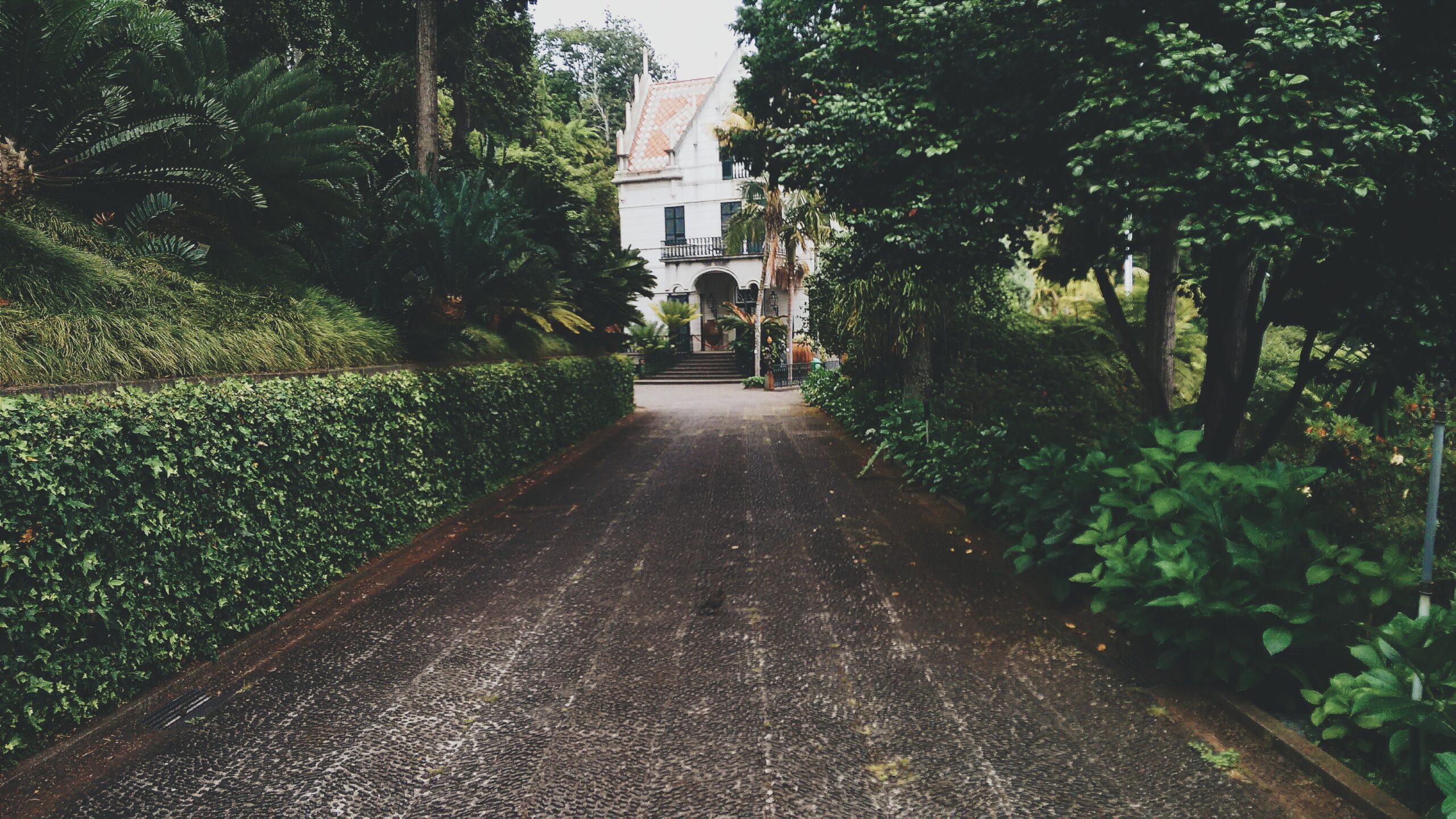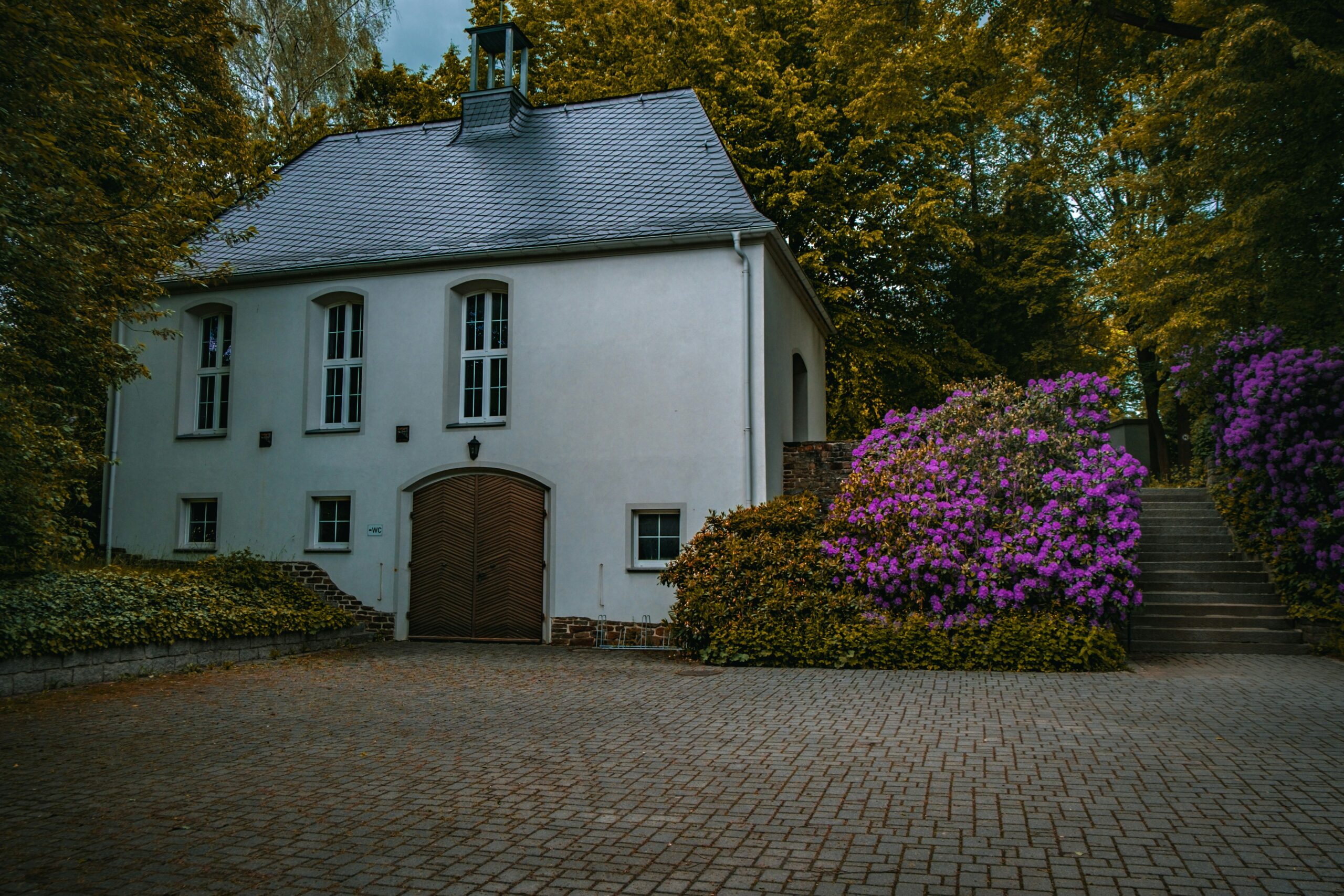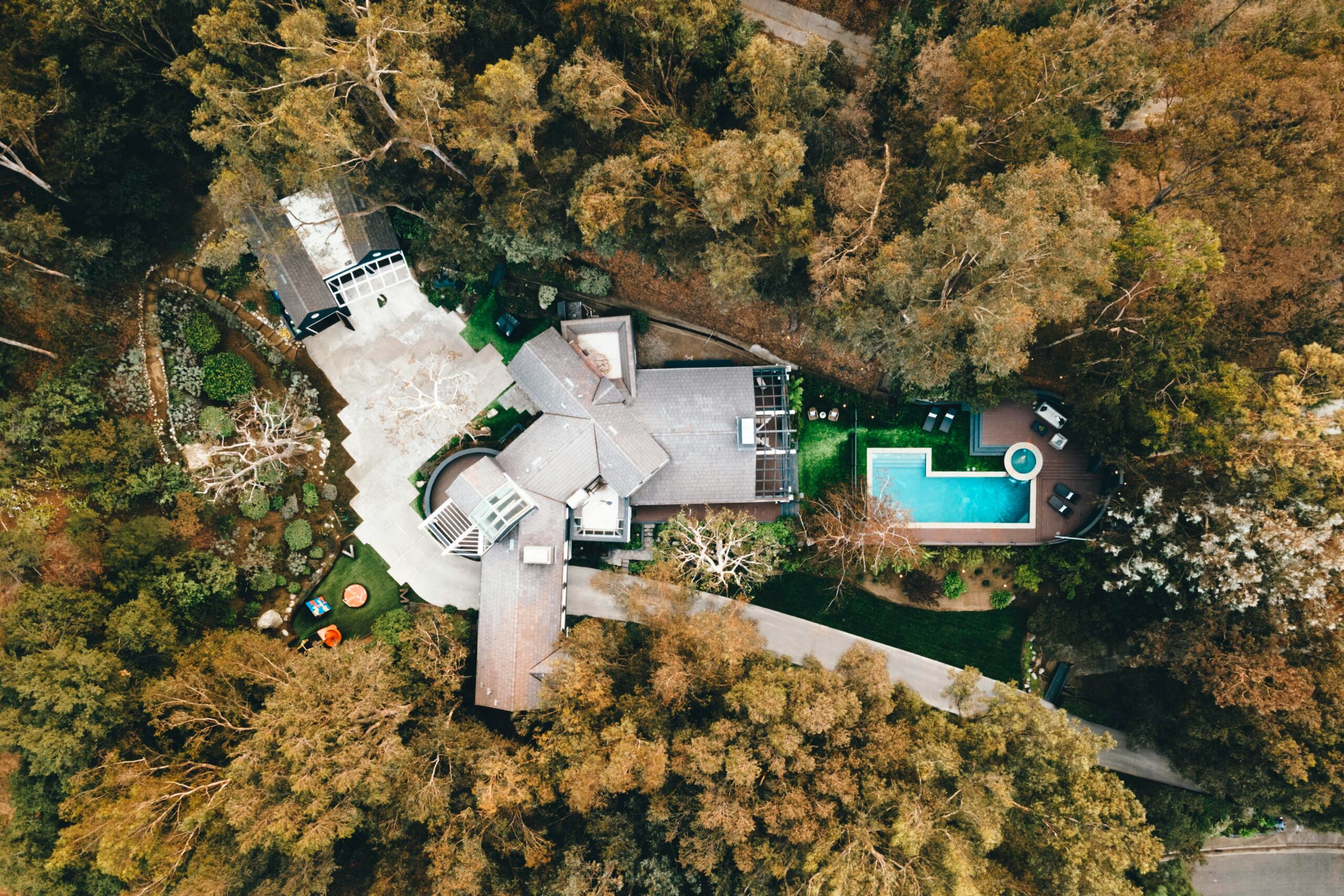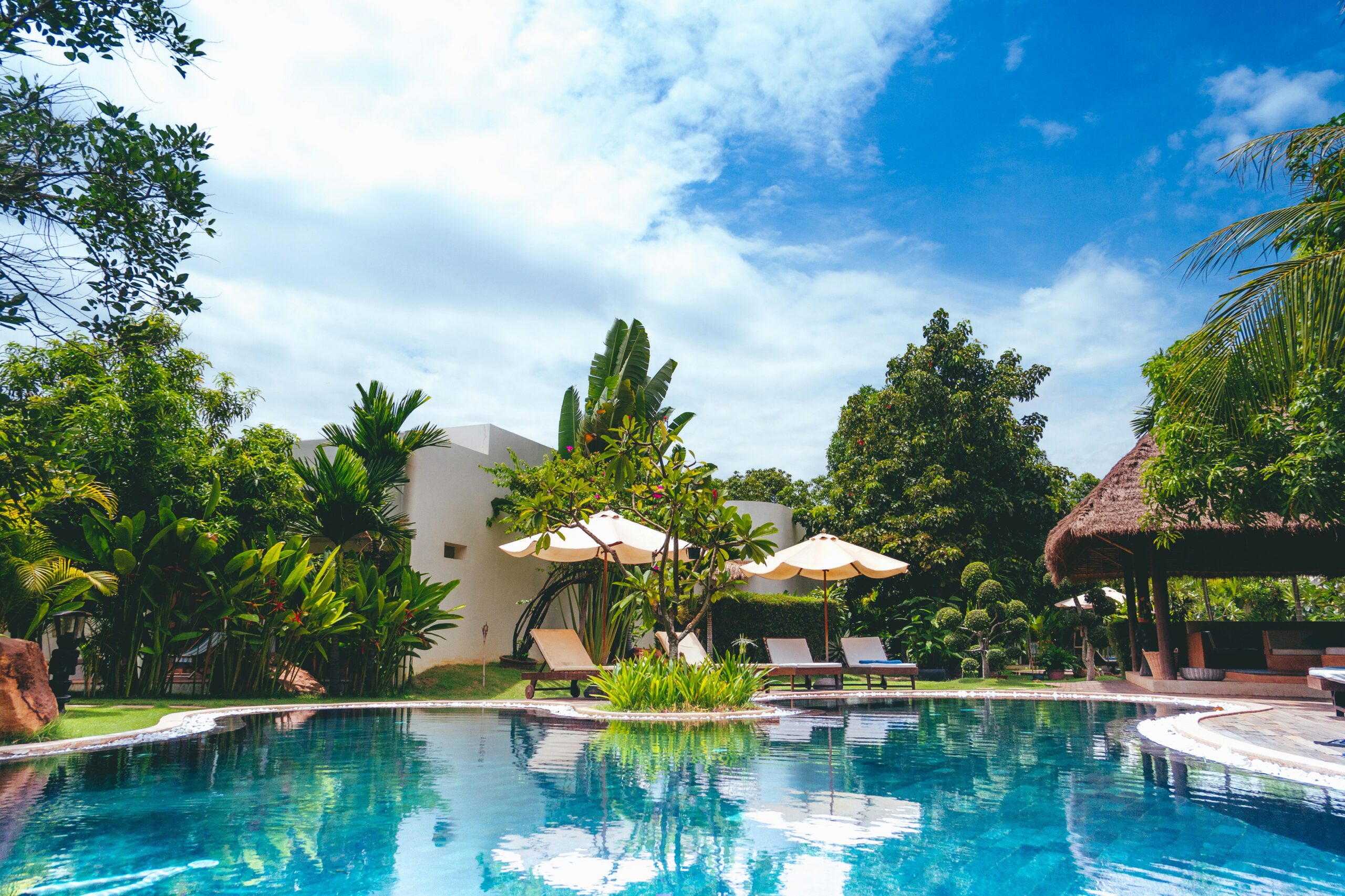Welcome to our landscaping beginner’s guide! You’re in the perfect place if you’re a homeowner trying to improve the aesthetic appeal and usability of your outside area. We’ll take you through the fundamentals of landscaping in this post, from comprehending the guiding concepts to choosing the appropriate plants and materials. Regardless of whether you’re beginning from scratch or just want to make a few tweaks, this landscaping 101 guide will teach you the basics, skills and assurance you need to design a gorgeous landscape that expresses your unique aesthetic.
What Is Landscaping?
The process of planning, designing, and constructing an aesthetically pleasing and useful outdoor area is known as landscaping. In order to create a peaceful and visually appealing setting, a variety of materials, including plants, trees, flowers, rocks, paths, and water features, must be arranged and worked with. Enhancing the land’s natural beauty while also meeting the homeowner’s practical needs and preferences is the aim of landscaping.
What Are The Benefits Of Landscaping?
Increased Property Value
An attractive and well-kept landscape can add a substantial amount to the value of your home. In order to draw in potential buyers and raise your home’s resale value, curb appeal is essential.
Improved Aesthetics
Your outside area gains aesthetic appeal and attractiveness from landscaping. It may turn a boring, uninteresting yard into a gorgeous, welcoming haven. A thoughtfully designed garden can help improve your house’s overall appearance.
Environmental Benefits
Enhancing air quality is achievable through landscaping by reducing pollution and facilitating the absorption of dust and pollutants by plants and trees. Additionally, adopting efficient watering techniques and cultivating drought-resistant plants can aid in conserving water resources.
Increased Privacy
Landscaping can provide privacy by creating barriers with the use of strategic plantings, hedges, or fences. This allows you to enjoy your outdoor space without being constantly exposed to neighbors or passersby.
Stress Reduction
Time spent in a serene and well-planned outdoor space has been shown to have positive effects on both physical and mental health. Landscaping improves people’s well-being by creating a place for rest, play, and communion with nature.
Energy Efficiency
By providing shade during the warm summer months, landscaping can aid in lowering energy usage because less air conditioning is required. During the winter months, it might serve as a windbreak, preventing costly heat loss.
Erosion Control
Soil erosion and water runoff are two problems that can be avoided with the right gardening practices, especially on slopes. As a result, your property’s structural integrity is maintained and environmental harm is mitigated.
Increased Biodiversity
Birds, butterflies, and bees are just some of the animals that might benefit from a landscape planned with their needs in mind. Local ecosystems and biodiversity can both benefit from planting a wide variety of native plants and providing them with sufficient habitat.
Noise Reduction
By acting as a barrier and absorbing sound, landscaping can assist minimize noise pollution. You may create a more quiet and tranquil outdoor environment by properly arranging trees, shrubs, and other plants.
Personal Enjoyment
The delight one gets from landscaping is probably one of its biggest advantages. You can build outdoor places that are specific to your needs and preferences with the help of a well-designed landscape. With landscaping, you can create your own private haven anywhere you want it to be—a large lawn for kids to play on, a quaint patio for hosting visitors, or a tranquil garden for unwinding.
Types Of Landscaping Features
Landscape features of many varieties can be added into your outdoor space to improve its beauty and functionality. Here are some popular choices:
1. Flower Beds and Gardens: Flower beds and gardens bring color, texture, and scent to your outdoor space. Depending on your tastes, they can be filled with a variety of floral plants, herbs, or vegetables.
2. Trees and Shrubs: Shade, seclusion, and wildlife habitat are just a few of the many benefits provided by trees and shrubs in a garden. Choose species that are suitable for your climate and can thrive in your soil conditions.
3. Water Features: Water features such as fountains, ponds, or waterfalls can create a calming and soothing atmosphere in your outdoor space. They also attract birds and other wildlife, adding to the overall biodiversity of your landscape.
4. Hardscape Elements: Hardscape elements include pathways, patios, decks, and walls made of materials like concrete, stone, or wood. These features provide structure to your landscape and create functional spaces for outdoor activities.
5. Outdoor Lighting: Outdoor lighting not only enhances the aesthetics of your landscape but also extends the usability of your outdoor space into the evening. Consider installing path lights, spotlights, or string lights to create a warm and inviting ambiance.
How Do I Know What Plants To Choose For My Climate?
Understand Your Hardiness Zone
The United States Department of Agriculture (USDA) has divided the country into different hardiness zones based on average minimum winter temperatures. Knowing your hardiness zone will give you a starting point for selecting plants. You can easily find your zone by visiting the USDA’s Plant Hardiness Zone Map, which is available online.
Consider Temperature and Frost Tolerance
Once you know your hardiness zone, pay attention to the temperature and frost tolerance of the plants you’re interested in. While some plants are more fragile and need a softer climate, others can tolerate colder temperatures and harsher circumstances. Make sure to choose plants that can handle the average low temperatures in your area.
Assess Sunlight Requirements
Different plants have varying sunlight requirements. Some thrive in full sun, while others prefer partial shade or full shade. Take note of the amount of sunlight your garden receives throughout the day and choose plants that are compatible with those conditions. This information can typically be found on plant labels or in gardening guides.
Consider Precipitation and Water Requirements
Climate also affects the amount of rainfall and humidity your area receives. Take into account your region’s average rainfall and the availability of water when selecting plants. Certain plants can withstand droughts better and use less water, while others do better under higher moisture levels. Be sure to choose plants that are suited to the precipitation levels in your area to avoid overwatering or underwatering.
Research Native Plants
Native plants are naturally adapted to the climate and soil conditions of a specific region. They frequently require less upkeep, are more robust, and offer crucial habitat for nearby wildlife. When designing a landscape, think about using native plants to make a garden that is more ecologically friendly and sustainable.
What Is The Best Way To Layout a Landscaping Plan?
Assess Your Space
Begin by evaluating your outdoor area, taking note of its size, shape, and existing features such as trees, slopes, or structures. Consider the amount of sunlight and shade different areas receive throughout the day. This assessment will help you understand the potential of your space and guide your design decisions.
Define Your Goals and Needs
Determine what you want to achieve with your landscaping plan. Do you want to design an outside eating and entertainment area, a kid’s play area, or a tranquil haven? Identifying your goals and needs will help you select the appropriate elements and layout for your plan.
Create Zones
Divide your outdoor space into different functional zones based on your goals and needs. For example, you could have separate areas for dining, lounging, gardening, or play. Creating distinct zones will make your landscape design more organized and efficient.
Consider Flow and Accessibility
Ensure that your landscaping plan allows for easy movement and accessibility between different areas. Pathways, walkways, and steps should be strategically placed to connect various zones and provide a natural flow throughout the outdoor space.
Balance Elements
Achieving balance is crucial in landscape design. Consider the visual weight of different elements such as plants, hardscapes, and structures. Distribute them evenly throughout the space to create a harmonious and visually appealing layout. One can attain balance by employing either symmetry, asymmetry, or a mix of the two.
Choose Appropriate Plants and Materials
Select plants and materials that are suitable for your climate, soil type, and maintenance needs. Consider factors such as color, texture, and height when choosing plants to create visual interest and variety in your landscaping plan.
Create Focal Points
Focal points are key elements in your landscaping plan that draw attention and create a sense of interest. This could be a striking tree, a water feature, a sculpture, or a well-designed seating area. Focal points can add depth and a focal point to your outdoor space.
Add Layers and Depth
Incorporating layers and depth in your landscaping plan can create a sense of depth and dimension. This can be achieved by using plants of varying heights, adding retaining walls or raised beds, or using different types of paving materials.
Consider Sustainability
Incorporating sustainable practices in your landscaping plan can not only benefit the environment but also save you time and money in the long run. Choose native plants that are adapted to your climate and require less water and maintenance. Use water-saving strategies to save water, such as mulching and drip watering. Consider using recycled materials or permeable surfaces for hardscapes to reduce stormwater runoff.
Maintain and Adapt
Landscaping is an ongoing process, and it’s important to regularly maintain and adapt your landscaping plan. Regular maintenance such as mowing, pruning, and weeding will help keep your outdoor space looking its best. Additionally, be prepared to adapt your landscaping plan as needed. Plants may need to be replaced or relocated, and elements may need to be adjusted as your landscape evolves over time.
What Are The Key Tools In Landscaping
1. Shovel: A good shovel is an essential tool for any landscaping project. It can be used for digging holes, moving soil, and planting trees, shrubs, or flowers.
2. Garden Rake: A garden rake is necessary for leveling soil, removing debris, and spreading mulch or gravel. It helps create a smooth and even surface for your landscape.
3. Pruning Shears: Pruning shears are used for cutting and shaping plants, shrubs, and trees. They are essential for maintaining the health and appearance of your landscape.
4. Wheelbarrow: A wheelbarrow is helpful for transporting heavy materials such as soil, mulch, or rocks. It saves you time and effort by allowing you to move large quantities of material in one go.
5. Garden Hose: A garden hose is essential for watering your plants, flowers, and lawn. Choose a hose with adjustable spray settings to ensure proper water distribution.
6. Hand Trowel: A hand trowel is a small, handheld tool that is useful for planting, transplanting, and weeding. It allows for precise digging and is ideal for working in small areas or containers.
7. Lawn Mower: A lawn mower is necessary for maintaining a healthy and well-manicured lawn. Choose a mower that suits your lawn size and type, such as a push mower for small lawns or a riding mower for larger areas.
8. Pruning Saw: A pruning saw is useful for cutting through thicker branches and limbs. It allows for more precise and controlled pruning of trees and shrubs.
9. Leaf Rake: A leaf rake is specifically designed for gathering and removing leaves and other debris from your lawn and garden beds. It helps keep your landscape clean and tidy.
10. Garden Gloves: Garden gloves protect your hands from thorns, prickly plants, and potential injuries while working in your landscape. Choose gloves that are durable and offer good grip.
11. Hedge Trimmers: Hedge trimmers are used for trimming and shaping hedges and shrubs. They make it easier to achieve clean and uniform edges.
12. Tiller: A tiller is a powerful tool used for breaking up compacted soil, preparing garden beds, and mixing in compost or fertilizer. It saves time and effort compared to manual digging.
Conclusion
In conclusion, homeowners can improve the aesthetics and usability of their outdoor spaces by arming themselves with the necessary knowledge found in this thorough beginner’s guide to landscaping. It goes over basic ideas, material choices, planning, design, and building stages. Landscaping provides environmental benefits, privacy, stress relief, energy efficiency, erosion management, biodiversity support, noise reduction, and personal enjoyment in addition to increasing the value and attractiveness of a property. When homeowners have the correct tools and confidence, they can turn their outside spaces into distinctive, eye-catching, and useful landscapes.
Final Thoughts
Explore the world of landscaping with the experts at Terracare Landscaping. Our team excels in designing, building, and maintaining beautiful landscapes. Serving numerous New Jersey communities for over 35 years, from Bergen County to Wyckoff and Franklin Lakes, we’re committed to creating your dream home oasis. Reach out today and transform your outdoor living space!
Sources
1. https://www.angi.com/articles/smart-landscaping-tips-can-increase-home-value.htm
3. https://hles.unl.edu/home-landscapes-play-important-role
5. https://www.masterclass.com/articles/types-of-sunlight-for-gardening




